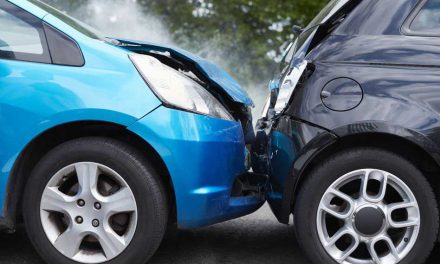Although they are not motor vehicles, bicycles are still considered vehicles when it comes to Florida traffic laws. Bicyclists must obey all state and local traffic laws and rules of the road, except for any laws or rules which clearly would not apply to bicycles. Specifically, bicycle riders are required to ride in the direction of traffic (traveling on the right-hand side of the road), obey all traffic lights, use turn lanes when turning, signal turns and lane changes in advance of the maneuver, and yield the right-of-way to pedestrians in crosswalks.
Bicycle riders must also comply with traffic safety laws explicitly written for bicycles. These include the following:
- Ride with a white headlamp on at night
- Ride with red rear reflectors on the bike during the day
Use a bike lane if one is available - Where there is no bike lane, ride as far to the right as practicable, except that cyclists can take up the whole lane to turn left, pass a slower-moving car or bike, or if necessary for safe riding, such as avoiding a pedestrian, an object in the road, a pothole, etc.
Motor vehicle drivers must also follow specific laws when it comes to interacting with bicycles on the road. Drivers cannot pass bicycles in an unsafe manner or drive recklessly around them. Unsafe maneuvers might include passing a bicycle in a road construction zone or no-passing zone or whipping around a bicycle and then rapidly slowing down once in front of the bike. Drivers also must give at least three feet of space when passing a bicycle. Keep in mind that this “three feet for safety” law allows passing only at a “safe distance”; three feet is a minimum distance, and more space might be required to pass safely, given the conditions of the road, traffic and other factors.
If you’ve been involved in a bicycle related accident and you are not sure what you should do to ensure that your rights are protected, the experienced personal injury attorneys at Draper Law Office at 407.846.0075 or visit DraperLawOffice.com.




















